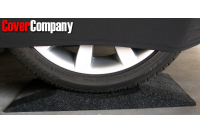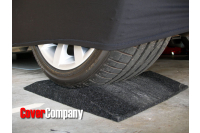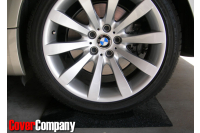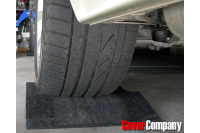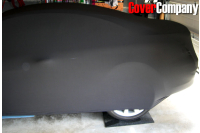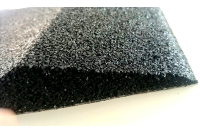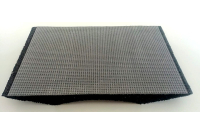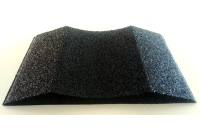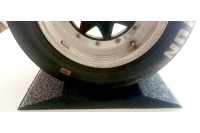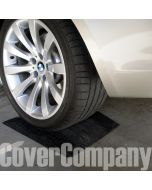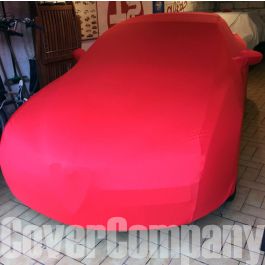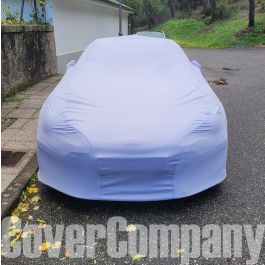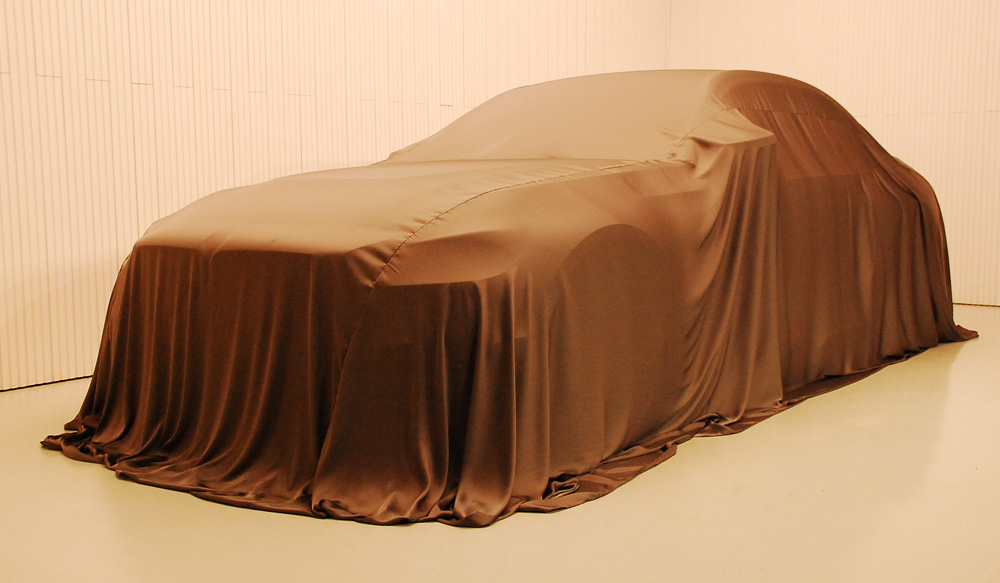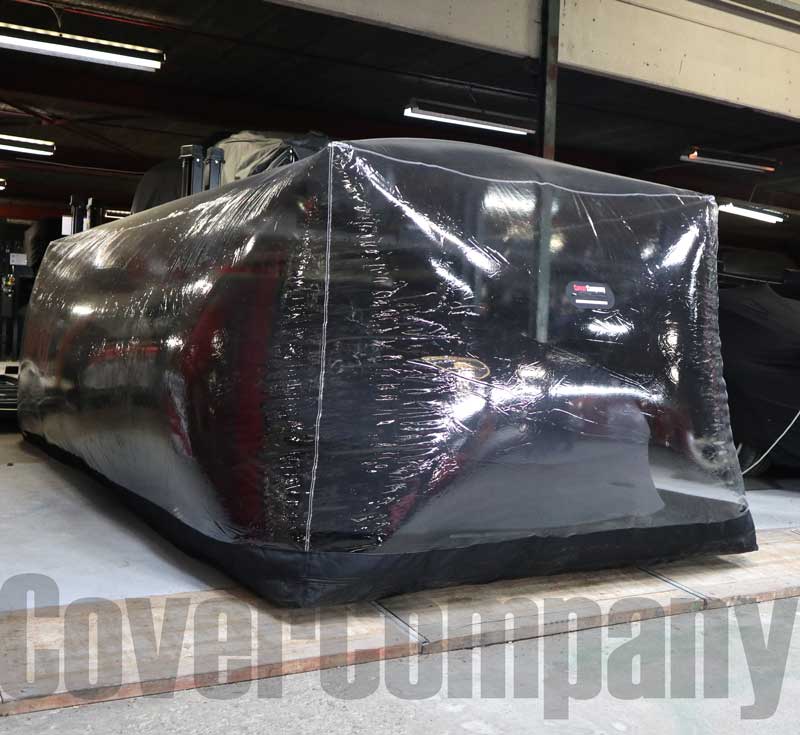Flat Spots on Tires: Causes, Prevention, and Maintenance
Flat Spots on Tires: Causes, Prevention, and Maintenance

If you're a proud owner of a classic car or simply need to store your vehicle for an extended period, flat spots on your tires can be a significant concern. Flat spots occur when a car's tires develop uneven wear due to extended periods of immobility. These flat spots can lead to an uncomfortable and potentially dangerous ride when you finally hit the road. However, with some proactive measures and regular maintenance, you can prevent and address this issue. In this blog post, we'll explore the causes of flat spots on tires, practical tips to prevent them, and effective maintenance techniques.
Causes of Flat Spots on Tires
Flat spots on tires can develop for various reasons, primarily related to extended periods of inactivity. Here are some of the common causes:
- Parking in the same spot for an extended period: When a car remains stationary in the same position for weeks or months, the weight of the vehicle presses down on the same section of the tires, causing flat spots to form.
- Cold weather: Cold temperatures can make tires harder and more prone to developing flat spots when they bear the weight of the vehicle.
- Underinflation: Insufficient tire pressure allows the tires to deform more easily, especially when they are stationary for extended periods.
- Low-quality tires: Tires made from subpar materials may be more susceptible to developing flat spots.
- Inadequate tire maintenance: Failure to rotate or inspect your tires regularly can increase the likelihood of flat spots forming.
Now that we understand the causes, let's delve into some practical tips for preventing flat spots on your tires during storage.
How to Prevent Flat Spots on Tires During Storage
Preventing flat spots on your tires is crucial to ensure your vehicle's safety and performance. Here are some effective preventive measures:
- Frequent Vehicle Movement: The simplest and most effective way to prevent flat spots is to take your car for a short drive regularly. Even moving your car a few inches or a couple of feet can redistribute the weight on the tires and prevent flat spots from forming.
- Use Tire Support Aids: Place specialized tire protection cushions or flat-spot preventers under your tires. These aids help distribute the weight more evenly, reducing the risk of flat spots. They are especially useful if you don't plan on driving your vehicle frequently.
- Proper Inflation: Maintain the recommended tire pressure as per your vehicle's manufacturer guidelines. Check the tire pressure before storing the car and regularly during storage to ensure it stays within the recommended range.
- Temperature Control: If possible, store your car in a climate-controlled garage. Maintaining a stable temperature helps keep the tires from hardening and forming flat spots, which can be exacerbated in extreme cold conditions.
- Rotate Your Tires: Before storing your car, consider rotating your tires to ensure even wear. If you have rear-wheel-drive, swap the rear and front tires to distribute the load more evenly.
- Avoid Handbrakes: If you can, refrain from engaging the handbrake during extended periods of storage. Instead, use wheel chocks or blocks to keep the car stationary. The handbrake can cause the brakes to seize over time.
- Jack Stands: Elevate your vehicle using jack stands if you plan to store it for a more extended period. This removes the weight from the tires entirely, eliminating the risk of flat spots.
- Tire Covers: Invest in high-quality tire covers to shield your tires from direct sunlight, dust, and moisture. These covers provide an extra layer of protection and help maintain the tire's condition.
Now that we've covered how to prevent flat spots, let's look at maintenance techniques to address existing flat spots.
Maintenance Techniques for Addressing Flat Spots
In some cases, flat spots may still form despite your best prevention efforts. If that happens, don't worry; there are ways to address them and bring your tires back to their optimal condition. Here are some maintenance techniques to consider:
- Gradual Driving: Once you notice flat spots, try driving your car at slow speeds on a smooth, quiet road. The gentle, consistent pressure on the tires can help to round out the flat spots.
- Balancing and Alignment: Visit a professional mechanic or tire shop to have your tires balanced and aligned. They can correct any issues caused by uneven wear and help restore your tires to their intended shape.
- Tire Rotation: Rotate your tires if you haven't done so before storing your car. It might help alleviate some of the stress on the flat-spotted tires.
- Warm Up the Tires: In cold weather, let your car warm up for a few minutes before driving. The heat can make the rubber more pliable and reduce the effects of flat spots.
- Replace the Tires: In extreme cases where the flat spots are severe and cannot be corrected, you may need to consider replacing the affected tires. Consult with a tire professional to determine the best course of action.
Conclusion
Flat spots on tires can be a real headache, but with the right preventive measures and maintenance techniques, you can ensure your classic car's tires stay in top shape during storage. Regular vehicle movement, proper tire support aids, maintaining tire pressure, and climate control are essential for preventing flat spots. If flat spots do develop, you can address them through gradual driving, tire balancing, alignment, and, if necessary, tire replacement.
Remember that the key to preserving your classic car's tires is a combination of prevention and regular care. By following these tips and remaining proactive in your efforts, you'll be well on your way to enjoying a smooth and safe ride whenever you decide to hit the road with your cherished classic car. Protect your investment, and your tires will thank you for it.
What Our Customer Are Saying...
-
PERFECT PROTECTION GOLDWING 1500 By: Gilles COHARD
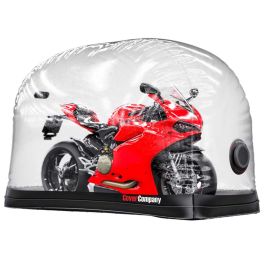 Very satisfied with this indoor size L cover (2.8 m x 1.2 m x 1.6 m) for the Goldwing 1500. Unfold carefully as the package is vacuum-sealed and the transparent part is very sticky. I installed it by myself. Be careful to position the antennas correctly. Consider using protection under the center and side stands to preserve the cover. No instructions in French. This cover is not cheap, but it really does the job. I highly recommend it. CoverCompany responds quickly to questions, which is much appreciated.
Very satisfied with this indoor size L cover (2.8 m x 1.2 m x 1.6 m) for the Goldwing 1500. Unfold carefully as the package is vacuum-sealed and the transparent part is very sticky. I installed it by myself. Be careful to position the antennas correctly. Consider using protection under the center and side stands to preserve the cover. No instructions in French. This cover is not cheap, but it really does the job. I highly recommend it. CoverCompany responds quickly to questions, which is much appreciated. -
Decent quality for the price By: Paul
 Cover is good quality. Being a standard fit cover it's designed to fit large SUV vehicles which is slightly too big for a Stelvio, but it's better that it's oversized than too small. It's never going to fit back into the storage bag or case that came with it so will have to find another way of storing it which is disappointing. Took about 10 days to get to the UK. - Answer by Cover Company: Thanks for your feedback Paul. The package includes an additional storage bag to store the cover once it has been used,
Cover is good quality. Being a standard fit cover it's designed to fit large SUV vehicles which is slightly too big for a Stelvio, but it's better that it's oversized than too small. It's never going to fit back into the storage bag or case that came with it so will have to find another way of storing it which is disappointing. Took about 10 days to get to the UK. - Answer by Cover Company: Thanks for your feedback Paul. The package includes an additional storage bag to store the cover once it has been used,

